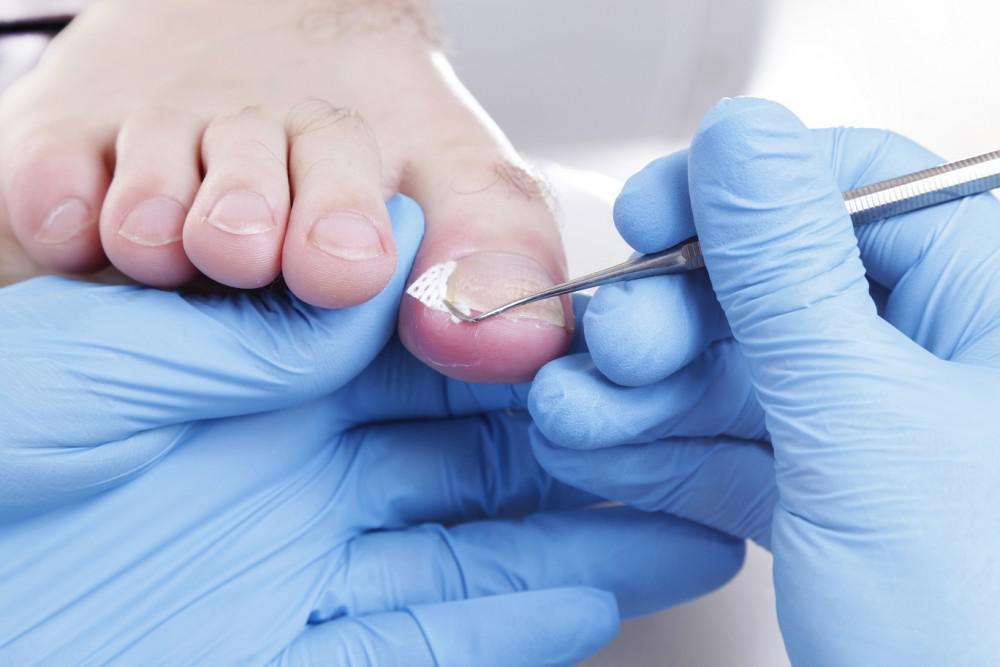In this blog, Dr. Glover explains the best way to cut your toenails to help prevent ingrown toenails from developing, and he also explains the signs of an ingrown toenail.
The best way to cut your toenails
Toenails are always growing, and cutting them is a routine hygiene task everyone has to do. However, it’s important to make sure you cut your nails the right way to help avoid getting ingrown toenails and other problems.
Rounding the edges of nails and clipping them too short are two of the most common reasons people get ingrown nails. Rounding the edges of your nails or cutting them too short can cause your nails to get ingrown as they grow longer.
To cut your nails the right way, first wash and dry your feet thoroughly. Then, get clean, sharp nail scissors or toenail clippers. When cutting your nails, cut them straight across, not rounded. And aim to cut them a bit shorter than your toes, so they don’t catch on shoes and socks, but avoid cutting them as short as you possibly can.
If you have any questions, Dr. Glover and our team can help. We can teach you the right way to trim your nails, and we also offer professional in-office toenail trimming.
The signs of an ingrown toenail
While cutting your toenails the right way can reduce your risk of getting an ingrown toenail, there’s always a possibility you can get one.
Ingrown nails develop when the hard edge of the nail presses down into the skin around it. Any toenail can get ingrown, but the issue is most common on the inner and outer corners of the big toes.
When you’re trimming your toenails and washing your feet, look for signs of ingrown nails. The symptoms of an ingrown toenail can include:
- Pain
- Tenderness
- Swelling
- Warmth
- Inflamed skin
- Pus
If you think you have an ingrown nail, don’t try to fix it on your own. Dr. Glover can diagnose the issue and recommend treatment based on the severity of your ingrown nail.
Minor ingrown nails may only need a splint to encourage healthy growth. Severe ingrown nails may need to be cut back, removed, or treated with a laser.
If you have an ingrown toenail and want treatment, or if you want guidance on trimming your toenails, call 801-614-2996 or book an appointment online with Mountain View Foot & Ankle Institute today.

